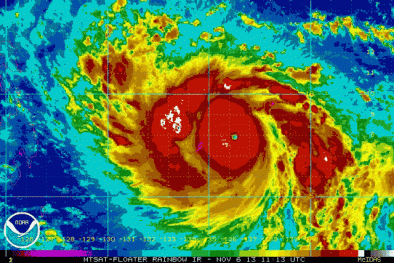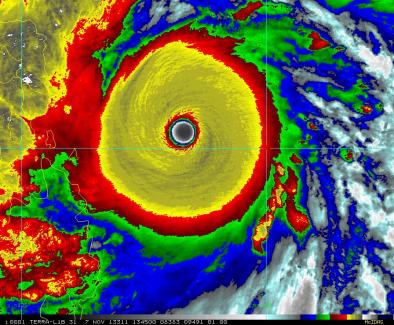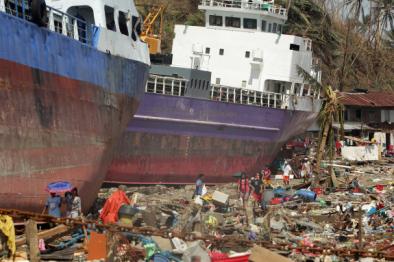Super Typhoon Haiyan 2013
Super Typhoon Haiyan is one of the strongest cyclones on record globally and the deadliest disaster in Philippine history. Haiyan had a massive storm surge estimated at 21- to 30-feet and caused more than 6200 deaths with additional 1785 people reported missing in the Philippines alone. Warmer ocean temperature due to climate change is a major contributor to more intense storms in the Northwest Pacific.
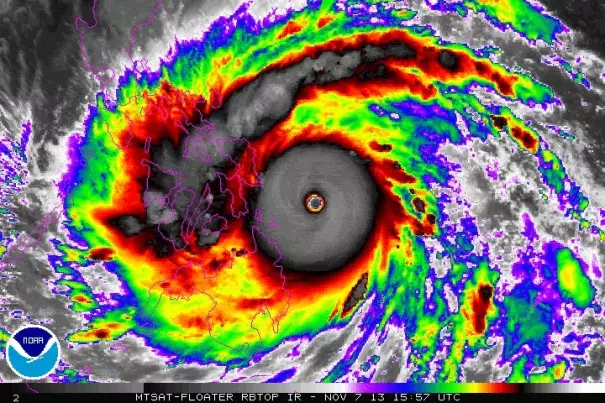
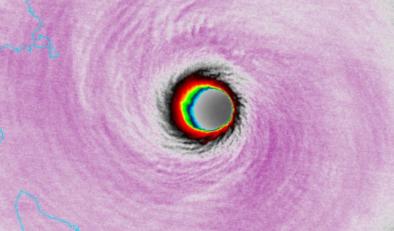
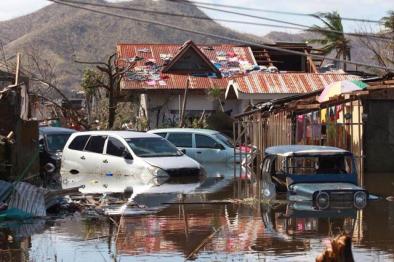
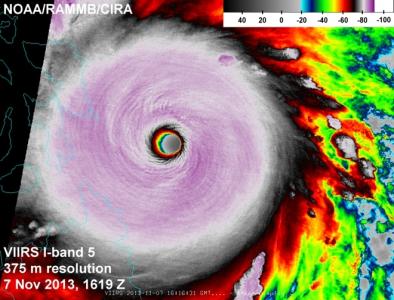


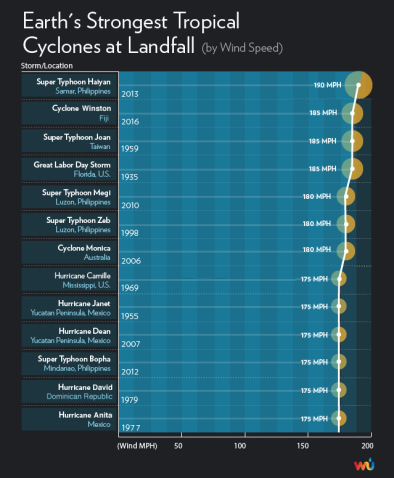
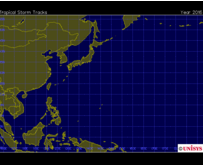
Super Typhoon Haiyan smashes records and causes destruction over higher seas and warmer water
Super Typhoon Haiyan's massive 21- to 30-foot storm surge rivaled the previous known record in East Asia of 24 feet.[1] The Philippine region where Haiyan made landfall was particularly vulnerable to storm surge, and the nation generally experiences eight or nine landfalling tropical storms each year.[2] But, Super Typhoon Haiyan's intensity was off the charts, signaling the likely influence of climate change.
At the time, Super Typhoon Haiyan was the most powerful tropical cyclone ever recorded to strike land, due in part to abnormally warm sub-surface ocean temperatures that helped fuel winds of 195 mph by increasing available energy.[3][4] (Hurricane Patricia now holds the record after reaching a top wind speed of 201 mph in October 2015.[4]) Wind speeds this fast have led some to ask whether there should be a Category 6 or even 7 on the Saffir-Simpson hurricane wind scale, but from the perspective of infrastructural impacts related to wind speed, Category 5 winds of 130 mph are already enough to achieve maximum destruction.[5] This, however, does not take into account that the indirect damages wrought by heavy rain and storm surge are often much worse than the damage from heavy winds.
Sea level rise increases the destructive power of storm surges
The Philippine city of Tacloban experienced a storm surge of up to 17 feet, representing some of the most deadly flooding of typhoon Haiyan. Climate change has already contributed about eight inches to global sea level rise, and this will continue to worsen the impacts of typhoons by increasing baseline elevations for waves and storm surge.
Ocean temperatures fueled typhoon Haiyan by increasing available energy and water vapor
Hurricanes and typhoons can form if the sea surface temperature is above 82°F (28°C). Sea surface temperatures near the Philippines were 86°F (30°C), one degree to 1.8 degrees fahrenheit above the 1985-1993 average for the region (baseline years which themselves are warmer than the longer-term average). For context, 2012 global surface temperatures were 1.1°F (0.6ºC) above long-term averages. Sea surface temperatures have been steadily increasing around the world’s oceans and are projected to continue to rise.
More remarkable were the sub-surface waters beneath Haiyan during its rapid intensification phase. Ocean temperature at a depth of 328 feet (100 meters) were 5.4°F (3°C) above average,[3] which likely gave Haiyan an immense source of energy as the storm churned up the deeper ocean water.
Evidence indicates that global ocean warmth best explains the average increase in global tropical cyclone intensity, which one study quantifies at 1.3 meters per second over the past 30 years.[6] From 1981-2006, warming SST trends are also correlated to increasing intensity of the strongest cyclones.[7] More research is needed to fully understand the causal relationships, but scientists are actively studying the ongoing correlation between these trends.
Extreme rain causes dangerous flash floods and landslides
Super Typhoon Haiyan deluged a huge swath of the Philippines with over nineteen inches of rain, with a peak amount of over twenty-seven inches located over the southeast corner of Leyte Island.
Climate change is projected to increase the precipitation associated with tropical cyclones by 20 percent by the end of the century.[8]
Related Content
